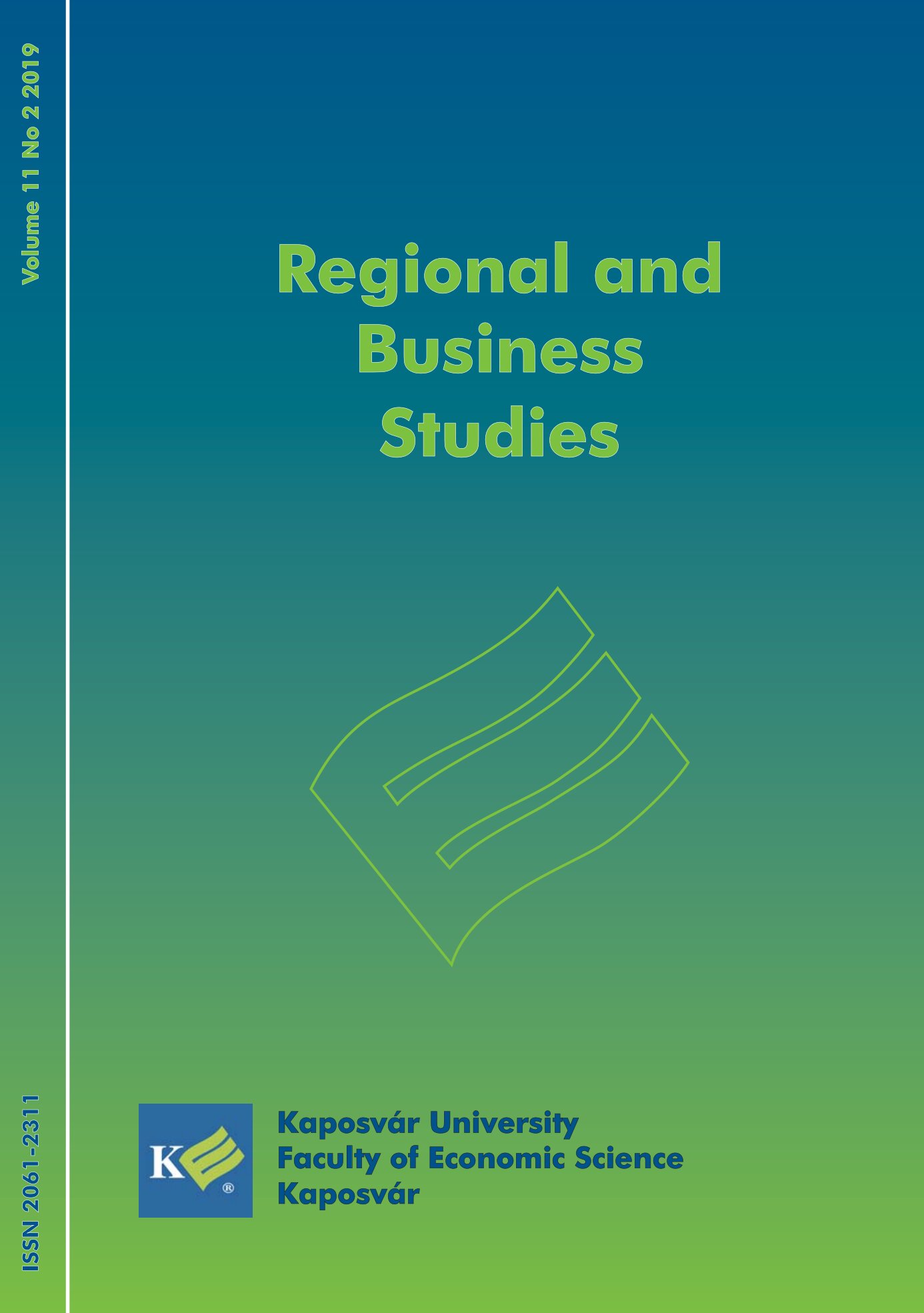The Analysis of the Cross-border Corporate Profit’s Taxation
DOI:
https://doi.org/10.33568/rbs.2408Keywords:
tax competition, tax harmonization, Common Consolidated Corporate Tax BaseAbstract
Ensuring the same competition conditions for the companies in EU requires tax harmonization between Member States. In this paper, we review some elements of the harmonization efforts. We will discuss the OECD guidelines on direct taxation and the transfer price regulation as a way to regulate corporate tax optimization behaviour. Based on the Effective Average Tax Rate we introduce the differences in the taxation of profits between Member States. The Common Consolidated Corporate Tax Base is one of the key elements in the harmonization of cross-border corporate profit taxation, so our study has a special focus on the proposal. The undisputed advantage of the CCCTB would be the simplification of the taxation of transactions between Member States. However, it also raises the question of how it limits the ability of each Member State to attract capital and to what extent can assign the profit tax to the given country in proportion to the operation of a company and with this how to realize that the base of the corporate tax focuses on the place of activity.





